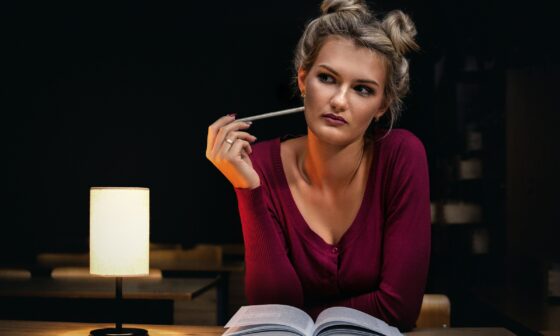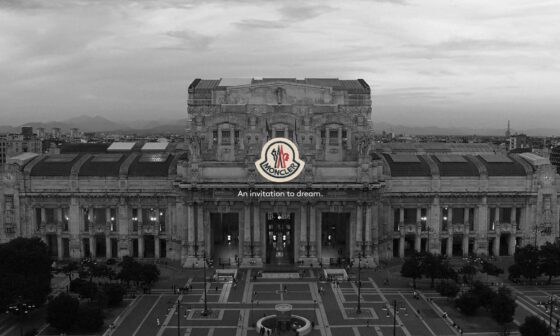
Frida Kahlo has been influencing and inspiring the art and worldwide generations in the last few years and as many like to define it, her cult became a real mania and her life an untouchable example.
This Mexican idol was an intense personality that experienced sorrow, physical pain and deprivation, putting all her light and courage in art and never stopping to love the life she had, no matter how it was. She contracted polio at the age of six, and was left with one leg shorter than the other.
At the age of 18 she was involved in a car accident that caused various fractures in different parts of the body, and forced her to stay in bed for long periods to recover; one year before her death in 1954, when she was only 47, she lost a leg which was amputated.
Formally Magdalena Carmen Frieda Kahlo y Calderón, she started reading and became passionate about politics, and art was her window on the world. She began to paint when immobilised in her bed, and through her self-portraits, which are a third of her production, she seems to represent a partially lost but the best version of herself.
In 2004, 50 years after her death, a room in the Blue House in Mexico was opened for the first time. It contained thousands of her most intimate personal possessions, clothes, make-up and jewellery.
Opening on June 16, at Gallery 38 (priced at £15), the Victoria & Albert Museum in London organizes its first Frida Kahlo’s exhibition, until November 4. This represents a unique opportunity to see and approach objects that were completely locked away for 50 ears after Kahlo’s death, in a collection that has never been exhibited outside.
Making Her Self Up is a way to explore Frida’s imaginary world and how she turned self-presentation into a fine art. She’s now as celebrated as the work of art she painted so assiduously so a visit to this exhibition may be the occasion to honour such a figure.

#Peace.Love.Frida








